Oklahoma City is one of the fastest-growing cities in America and among the top ten places for median wage growth, job creation and to start a business. A top two small business ranking. One of the most popular places for millennials and one of the top 10 cities for young adults. The Oklahoma City Metropolitan Area is the 27th largest city and 42nd largest metropolitan area in the United States.
Forbes magazine called it "the most recession-proof city in America."
POPULATION
Oklahoma City is the most populous city in the state of Oklahoma. From 2010 to 2016, Oklahoma City’s metro population grew by nearly 10 percent and has experienced a 1.55 percent average annual growth rate. In 2016, the Oklahoma City MSA population was estimated to be 1,379,525 while the city of Oklahoma City’s population was 649,058. Since 2010, the Oklahoma City MSA is the 10th-fastest-growing large metro in the country and has grown twice as fast as the nation.
| REGION | 2016 | 2021 | 5-YR-GROWTH | |||||
| U.S. National | 323,580,626 | 337,326,118 | 0.84% | |||||
| Oklahoma | 3,990,592 | 4,201,979 | 1.04% | |||||
| Oklahoma City MSA | 1,379,525 | 1,479,712 | 1.66% | |||||
HOUSING
This vibrant, active city is even more livable because of its affordability. Unlike many metropolitan areas today, you can afford to live comfortably in a quality home, while still enjoying the area’s arts, entertainment and recreational opportunities.
| New Home Sales Price | $220,805 | |||||||
| Average Rental Rate | $808 | |||||||
| Average Home Sales Price | $185,860 | |||||||
| Median Household Income | $54,680 | |||||||
| Third Largest Area For a City In The U.S. | 621 SQMI |
ACCOLADES
2020-2021
- Ranks top 10 for lowest tax burden (U.S. Census Annual Survey of State and Local Government Finances February 2021)
- OKC has the most affordable housing market in the U.S. (SmartAsset May 2021)
- Ranks No. 13 for best run cities in America (WalletHub August 2021)
- Listed as 9th most affordable housing market in U.S. (USA Today September 2021)
- Ranks No. 11 for the best states for manufacturing (Site Selection Group December 2021)
- OKC earns AAA bond rating for tenth year in a row (Moody’s/S&P April, 2020)
- 25th-largest metro in the U.S. (U.S. Census Bureau June 2020)
- Ranks top 10 for lowest average monthly mortgage payment (Lending Tree October 2020)
2018-2019
- Oklahoma has the second lowest property and corporate income taxes per capita (Tax Foundation March 2019)
- OKC top city for low cost of living / high wage combo (CNBC / GOBankingRates February 2018)
- Ranks #1 in top 10 metros with largest share of single-family rental homes (RentCafe April 2018)
- Comes in at #1 on WalletHub’s “2018 Best Large Cities to Start a Business” list (WalletHub April 2018)
- Rated among top 20 most prosperous cities in the US (RentCafe May 2018)
- Ranked best-run city with a population over 500,000 for the second year in a row, ranked tenth best overall (WalletHub July 2018)
- Oklahoma City tops U.S. cities with fastest construction growth rates (Construction Productivity Blog June 2018)
2016-2017
- OKC top-ten major market for housing affordability (Demographia January 2017)
- Ranked as the No. 10 nationally for recession recovery (WalletHub January 2017)
- Ranks No. 1 for Oil & Gas Investment Worldwide (Fraser Institute December 2016)
- Top Cities Rebounding from the Great Recession (CNBC August 2016)
- Ranks No. 1 for Quality of Life (Business Facilities August 2016)
- Ranked No. 5 for the Housing Marketing that gives you more Bang for your Buck (Angie’s List May 2016)
2014-2015
- Ranked as the No. 9 Most Affordable Metro for Renters and Owners (Entrepreneur September 2015)
- Ranked as the No. 10 state for construction value and No. 4 for industrial construction value (NAIOP September 2015)
- Ranked as the No. 10 nationally for recession recovery (Glassdoor July 2015)
- Ranked as the No. 13 city for most affordable housing market among nine countries (Demographia March 2014)
- Ranks ninth among America’s most affordable cities
(Forbes March 2014)
TRANSPORTATION
HIGHWAY
Oklahoma City is as easy to reach as it is to navigate, with commute times averaging about 20 minutes or less with minimal congestion. The Greater Oklahoma City area has more than 2,400 miles of highways and interstates. The highest concentration being 384 miles of roadway in Oklahoma County where the crossroads of I-35, I-40, and I-44 meet in Oklahoma City. Freight carriers and truck transportation run efficiently on the 646 miles of interstates in the region and minimal congestion.
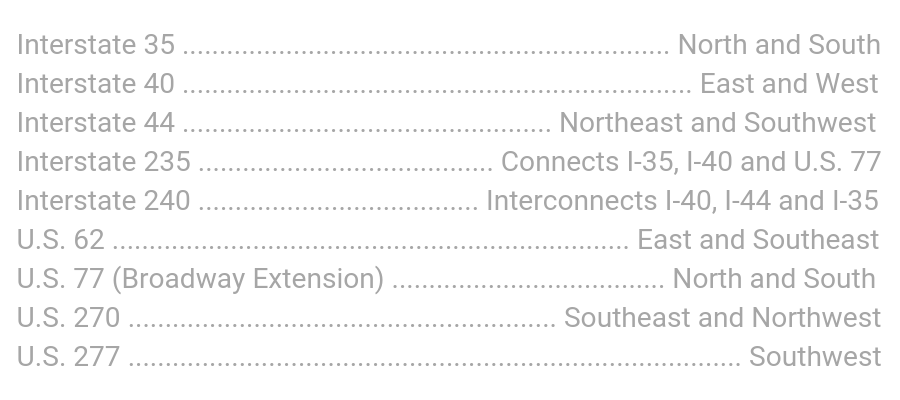
AIRPORT
Will Rogers World Airport is the Greater Oklahoma City region’s major commercial airport. The airport has six airlines, 23 nonstop flights, and about 75 total daily departures. The airport is located a short drive from downtown Oklahoma City with easy access to three major interstates. Will Rogers World Airport sits on more than 8,000 acres of land and provides a wide array of development opportunities. The airport operates on three runways, two 9,800-ft parallel to one another and one 7,800-ft crosswind runway, allowing the airport to accommodate any size aircraft.
In addition to Will Rogers World Airport, Stillwater Regional Airport (SWO) offers daily jet service to Dallas Fort/Worth (DFW). With just one connection you can travel to more than 200 domestic and 40 international destinations. Oklahoma City also has two reliever airports, Wiley Post Airport and Max Westheimer Airport. Wiley Post Airport is located in Northwest Oklahoma City providing mostly business aviation. Max Westheimer Airport in Norman, owned by the University of Oklahoma, is mostly used for general aviation. Greater Oklahoma City also boasts several other general aviation airports including Oklahoma City’s Clarence E. Page Airport and the Shawnee Regional Airport.
TRAIN
Amtrak service is provided via the Heartland Flyer, with service to Fort Worth, Texas. The train departs from the historic Santa Fe Depot at the front door of Bricktown – Oklahoma City’s entertainment district. The Heartland Flyer now offers a bike service for those looking to explore Fort Worth car- free. Two Class I lines provide most of the rail transportation in the Greater Oklahoma City region: Union Pacific and BNSF Railway. These lines have more than 4,000 miles of track and connnect Oklahoma communities with other U.S. cities, markets, and ports.
EDUCATION
HIGHER EDUCATION
In the Greater Oklahoma City area, there are 19 public and private colleges and universities, including two research universities, Oklahoma State University and the University of Oklahoma. These institutions of higher learning provide thousands of undergraduate and graduate degree opportunities. Oklahoma also has a nationally acclaimed Career and Technology system, offering programs and services in 29 technology center districts operating on 56 campuses, 398 comprehensive school districts, 25 skill centers, and three juvenile facilities. Not only do these centers provide training to high school and post-secondary students, they also provide invaluable training services to a variety of businesses in a number of different skill areas.
| COLLEGES AND UNIVERSITIES | ENROLLMENT | |||||||
| University of Oklahoma | 30,557 | |||||||
| (OU Health Sciences Center) | 2,952 | |||||||
| (OU College of Law) | 565 | |||||||
| Oklahoma State University | 26,716 | |||||||
| (OSU Oklahoma City) | 9,157 | |||||||
| (OSU School of Veterinary Medicine) | 408 | |||||||
| Oklahoma City Community College | 19,670 | |||||||
| University Central Oklahoma | 20,129 | |||||||
| Rose State College | 9,649 | |||||||
| Redlands Community College | 3,598 | |||||||
| Oklahoma City Universaity | 3,467 | |||||||
| Langston University | 2,632 | |||||||
| Mid-America Christian University | 2,345 | |||||||
| Oklahoma Christian University | 3,025 | |||||||
| Southern Nazarene University | 2,252 | |||||||
ECONOMY
Oklahoma City has a remarkably sound economic base. It’s been called “recession proof” for good reason. It’s the home of many large oil and gas corporations, several regional corporate headquarters, a thriving medical industry, and Tinker Air Force Base.
Aviation and Aerospace
With the largest concentration of aviation and aerospace firms in the state, the Greater Oklahoma City region’s 265 firms employ 38,000 workers– and growing. Nearly 65 percent of the workforce at Tinker Air Force Base – the largest single site employer in the state – consists of civilian contractors and service providers.
Biotechnology
Oklahoma City’s bioscience presence is garnering national and international attention. With companies dedicated to bioscience goods and services production, as well as education and research testing, career paths are plentiful in this industry, which directly employs 44,000 workers.
Energy
Oklahoma City is the Energy capital of the state. Energy accounts for approximately 3 percent of metro employment but more than 9 percent of total compensation. The sector draws its strength from several Energy companies with headquarters in the city.
Healthcare
As one of the nation’s major centers of healthcare delivery, the Oklahoma City region employs more than 83,000 health care sector workers. Our 30 general medical and surgical hospitals and 16 specialized hospitals combine to offer outstanding healthcare.
Wholesale and Retail Trade
Oklahoma City’s central location and accessibility have made it a vital crossroads for commerce. The convergence of I-35, a major north- south interstate, and I-40 and I-44, major east-west interstates, and numerous U.S. and State Highways position Oklahoma City as a major wholesale and retail trade center. For the year 2015, the Oklahoma City MSA had estimated total taxable retail sales of $21.8 billion.
Professional, Business, and Financial Services
Similar to the healthcare sector, the Oklahoma City region provides business and financial services to a market that extends beyond state boundaries. This sector makes up 18 percent of the metro’s total workforce with more than 133,000 employees.
Manufacturing
This broad category includes metals and machinery; building materials; food products; and medical devices and equipment. With more than 41,000 employed, the manufacturing sector represents approximately 6 percent of the Greater Oklahoma City’s total nonagricultural labor force.
International
The Greater OKC metro area boasts a substantial international presence, with 31 countries represented by foreign- based subsidiaries in the region. More than 40,000 are employed by these companies, which provide a broad range of products and services.
INCOME
The city’s cost of living consistently ranks below the national average, allowing one’s paycheck to stretch further. Oklahoma City also offers some of the most affordable housing, transportation, utilities, groceries, and gas in the U.S., and residents still have more disposable income than other cities.
MAJOR EMPLOYERS
VIEW
| COMPANY | PRODUCT/SERVICE | EMPLOYEES | |||||
| State of Oklahoma | Government | 45,600 | |||||
| Tinker Air Force Base | Military | 24,000 | |||||
| OU - Norman Campus | Higher Education | 12,700 | |||||
| FAA Mike Monroney Aeronautical Center | Aerospace | 7,000 | |||||
| Integris Health | Health Care | 6,000 | |||||
| Hobby Lobby Stores Inc. | Wholesale & Retail | 5,100 | |||||
| OU - Health Services Center | Higher Education | 5,000 | |||||
| City of Oklahoma City | Government | 4,700 | |||||
| Mercy Health Systems of OK | Health Care | 4,500 | |||||
| OGE Energy Corp. | Utility | 3,400 | |||||
| OU - Medical Center | Health Care | 3,200 | |||||
| SSM Health Care of Oklahoma Inc. | Health Care | 3,000 | |||||
| University of Central Oklahoma | Higher Education | 3,000 | |||||
| Norman Regional Hospital | Health Care | 2,950 | |||||
| AT&T | Telecommunications | 2,700 | |||||
| The Boeing Company | Aviation | 2,600 | |||||
| Devon Energy Corp. | Oil & Gas | 2,500 | |||||
| Chesapeake Energy Corp. | Oil & Gas | 2,500 | |||||
| Sonic Corp. | Retail | 2,460 | |||||
| Oklahoma City Community College | Higher Education | 2,100 | |||||
| Dell | Sales and Business Services | 1,800 | |||||
| UPS | Transportation | 1,800 | |||||
| Hertz Corporation | Rental Services | 1,700 | |||||
| Love's Travel Stops & Country Stores | Retail | 1,700 | |||||
| American Fidelity | Finance & Insurance | 1,650 | |||||
| Cox Communications | Telecommunications | 1,400 | |||||
| Great Plains Coca-Cola Bottling Co. | Manufacturing & Distributing | 1,300 | |||||
| Farmers Insurance Group | Customer Service | 1,300 | |||||
| Midfirst Bank | Finance | 1,150 | |||||
| Bank of Oklahoma | Finance | 1,100 | |||||
| Dolese Bros Co. | Manufacturing | 1,100 | |||||
| Continental Resources | Oil & Gas | 1,000 | |||||
| Deaconess Hospital | Health Care | 1,000 | |||||
| Rose State College | Higher Education | 1,000 | |||||
TAX RATES
In 2009, the state voted to reduce personal income tax to 5.25 percent followed by further reductions to 5 percent in 2016. If general revenue triggers are met, additional cuts may be made in the future. Oklahoma’s taxation and regulatory policies are competitive, both regionally and nationally.
| Corporate Income Tax | 6.0% | |||||||
| Employed | 8.375% | |||||||
| Sales Tax (State and Local) | 5.0% |
LABOR ANALYSIS
The unemployment rate for the Oklahoma City metropolitan area averaged 4 percent for 2016. Increases in the area’s population and labor force have kept pace with economic growth, keeping the region’s unemployment rate low in comparison to the nation.
| Labor Force | 670,486 | |||||||
| Employed | 642,554 | |||||||
| Unemployed | 27,932 | |||||||
| Unemployed Rate | 4.0% |
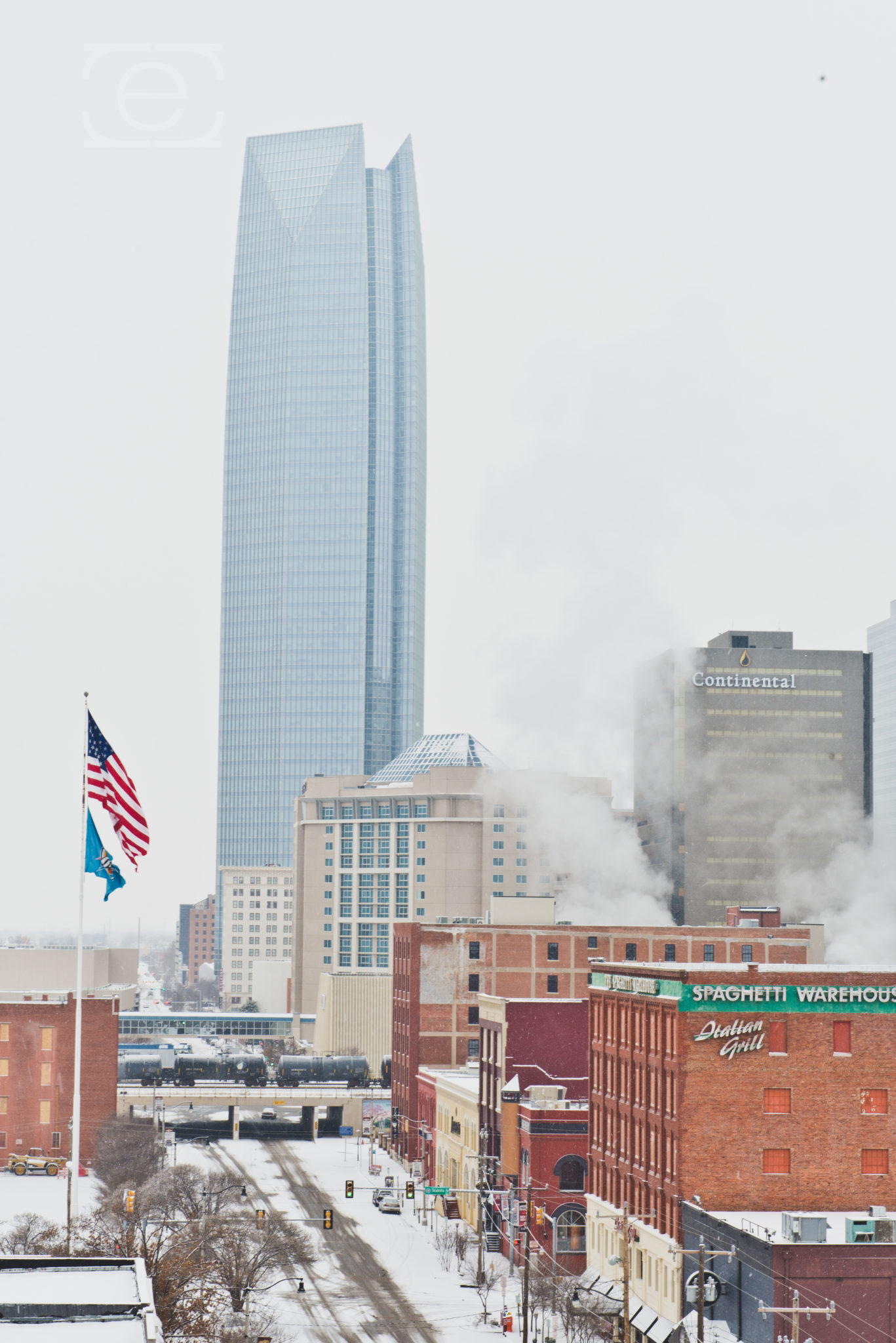

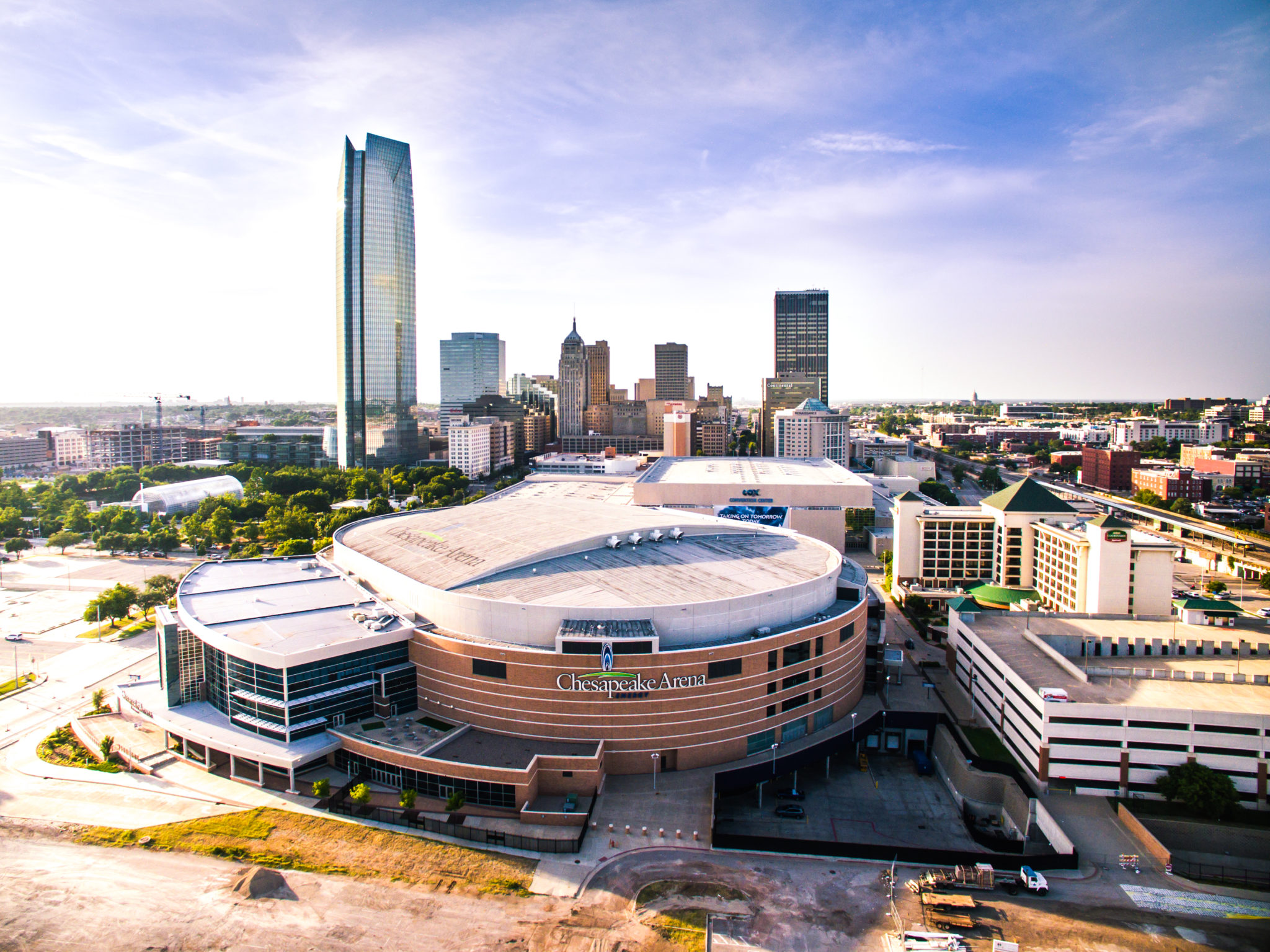
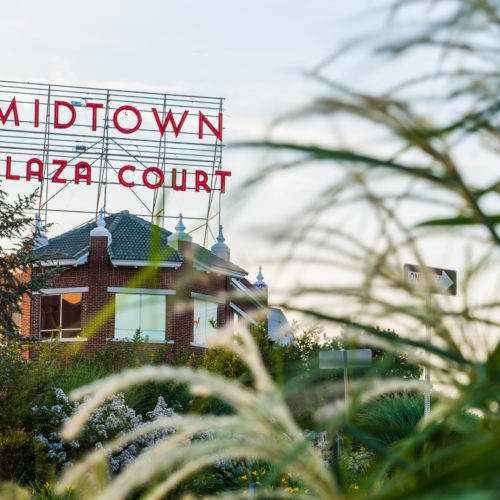
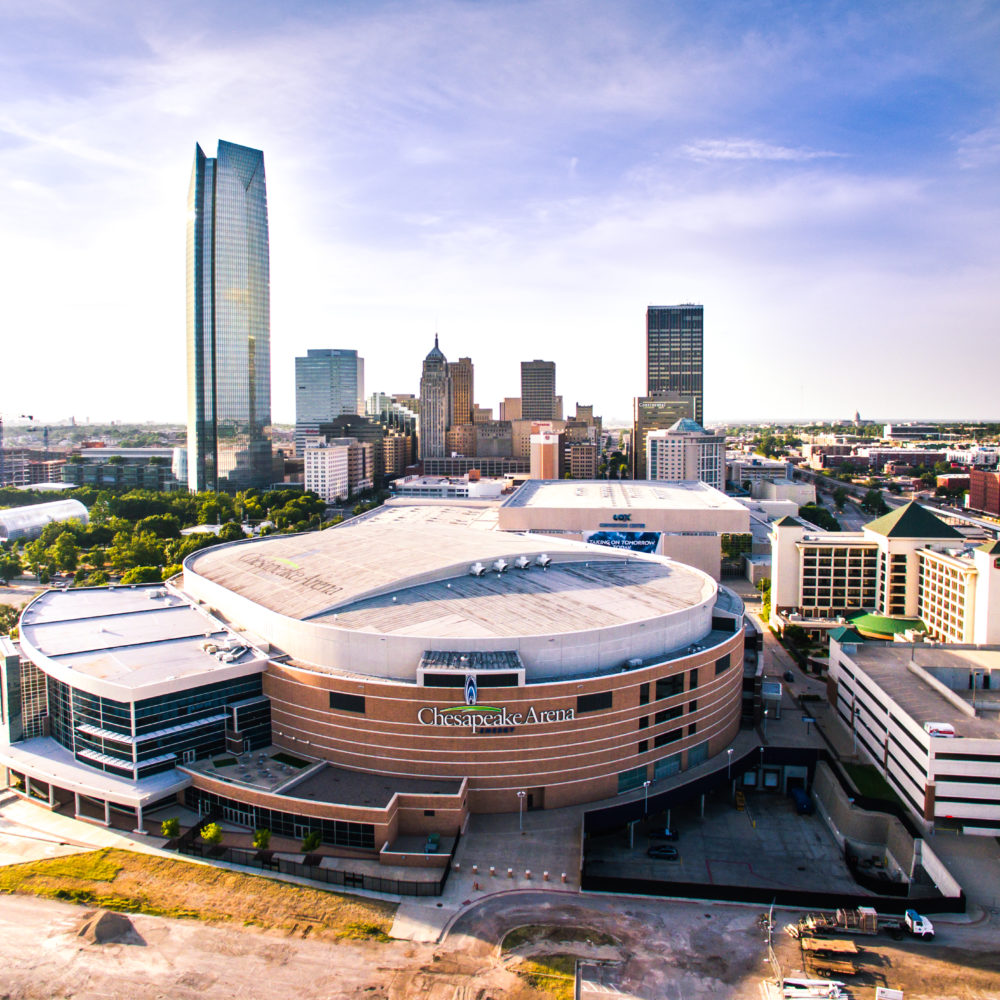
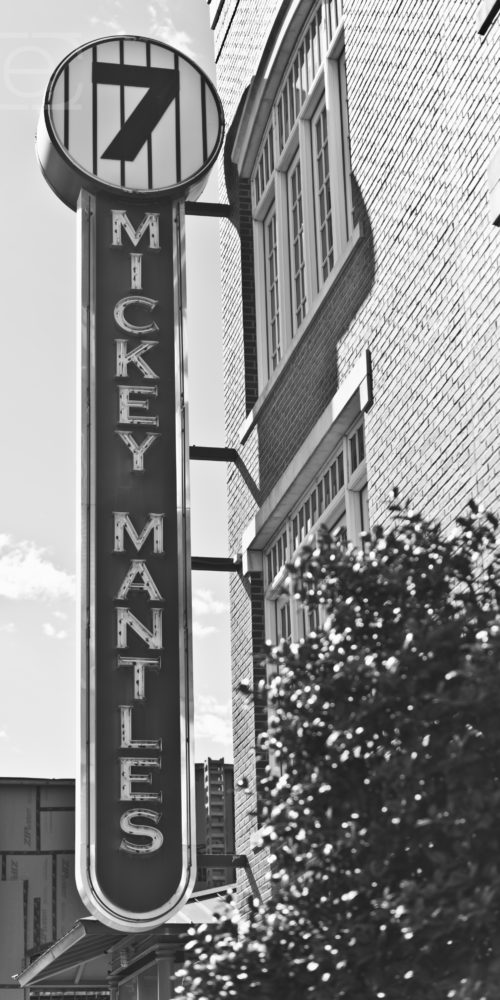
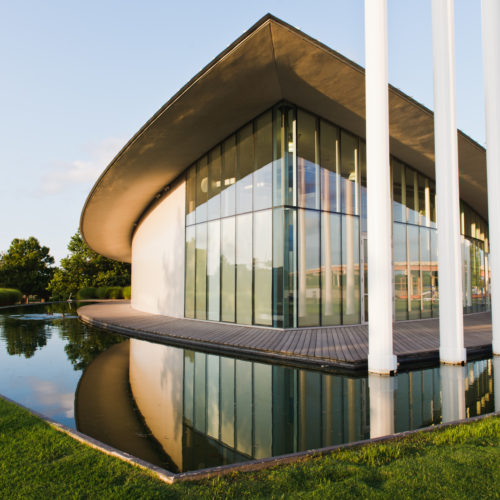
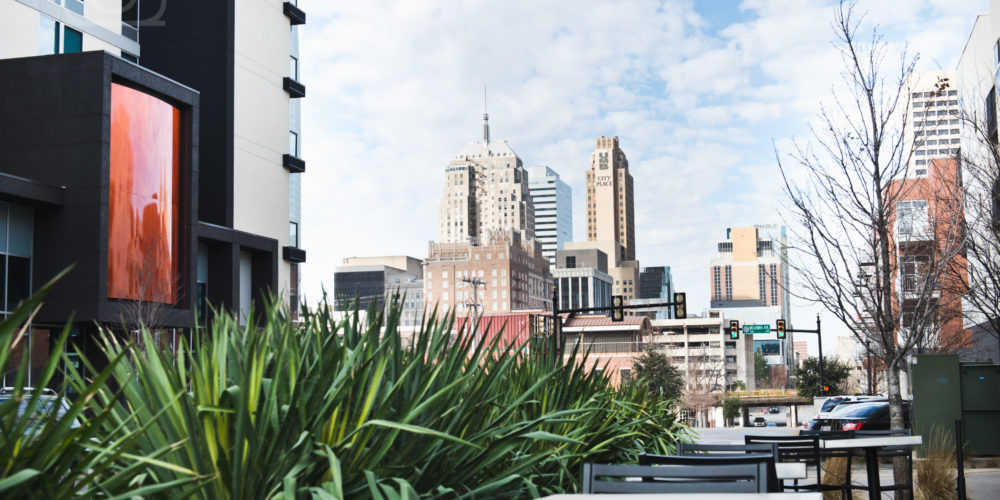
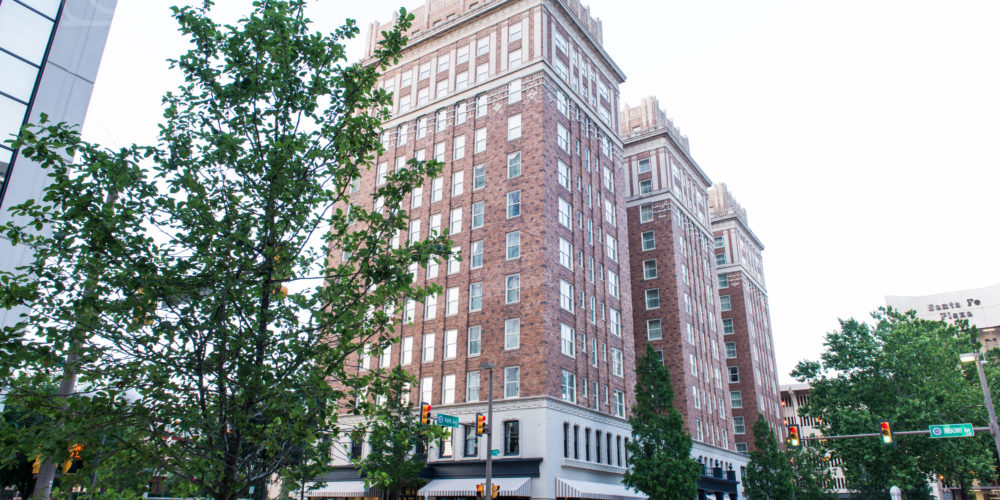
One Comment